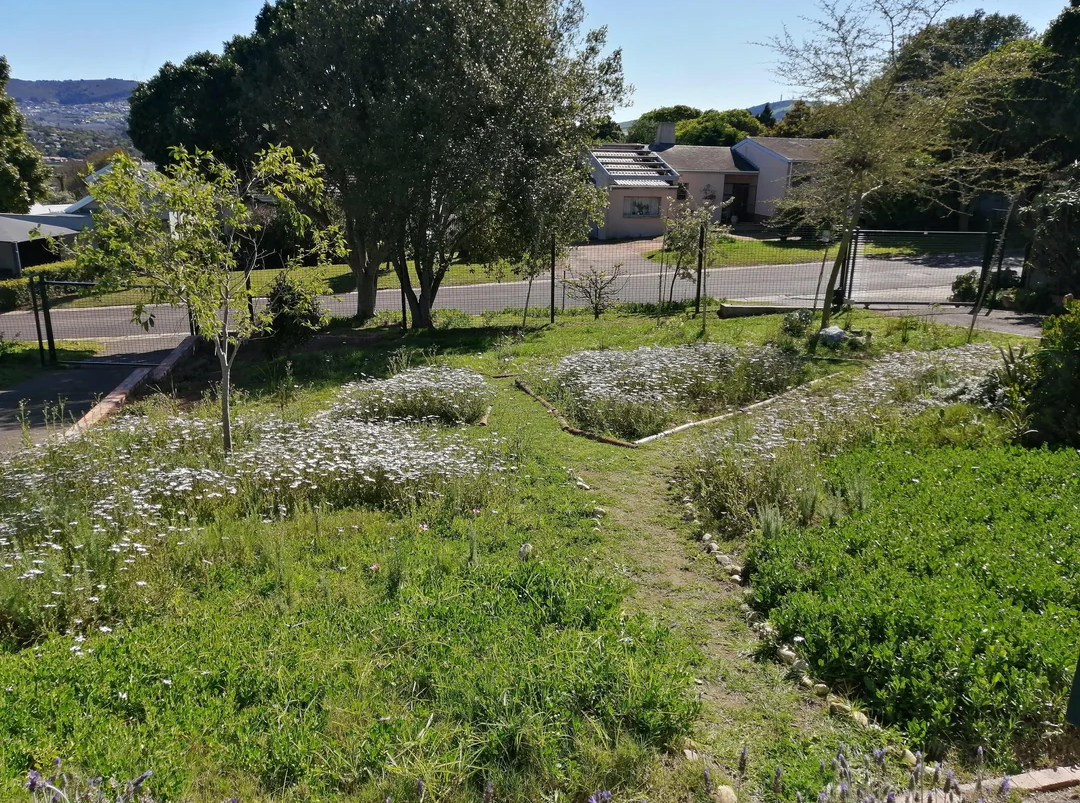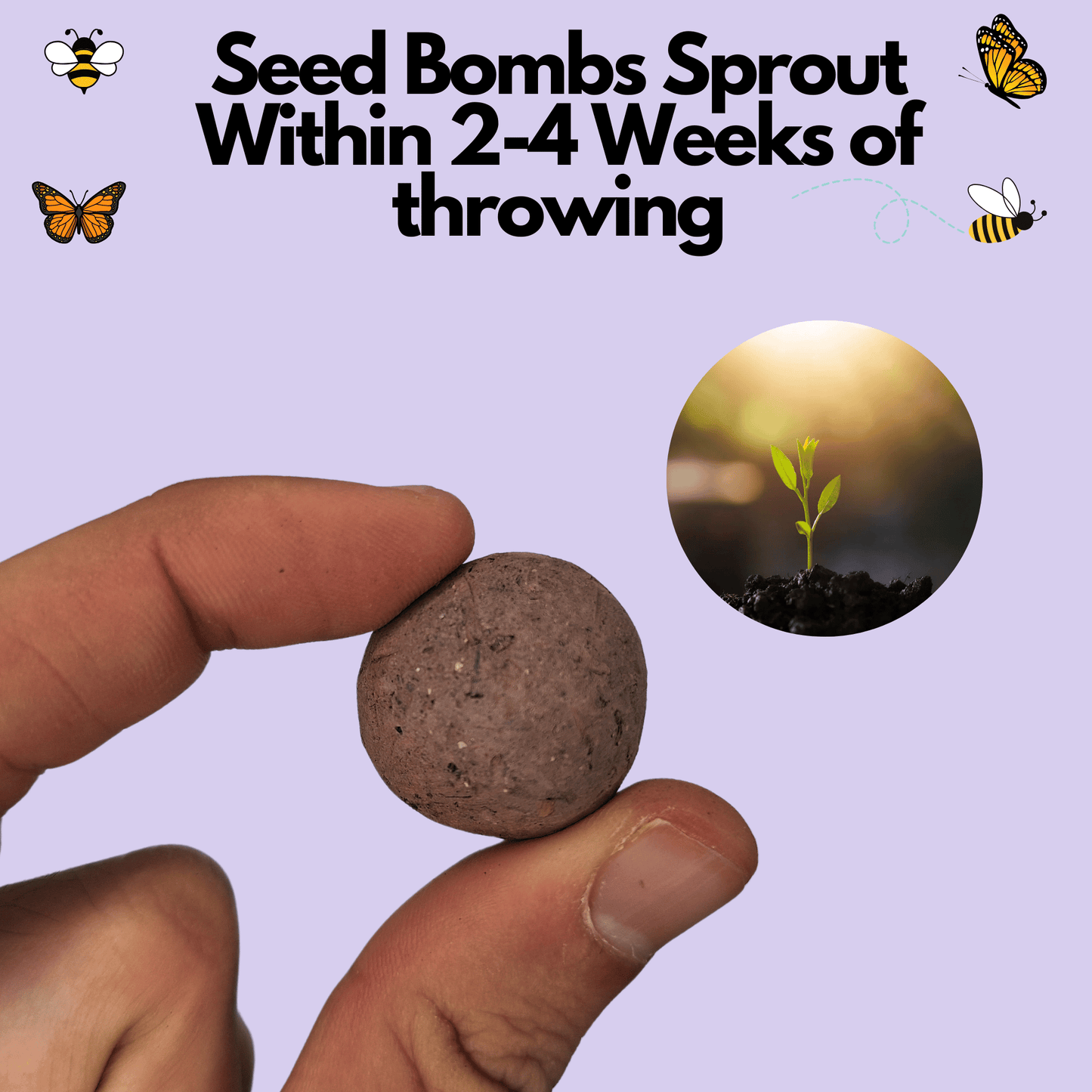Blue Wild Indigo (Baptisia australis)
→ A hardy perennial with striking blue-purple flowers that helps enrich the soil by fixing nitrogen.
Butterfly Milkweed (Asclepias tuberosa)
→ Bright orange milkweed, essential for Monarch butterflies as a host plant.
Eastern Columbine (Aquilegia canadensis)
→ Elegant red and yellow blooms that attract hummingbirds and pollinators.
Evening Primrose (Oenothera biennis)
→ A biennial with yellow flowers that open at dusk, attracting moths and night pollinators.
Golden Alexander (Zizia aurea)
→ Umbels of golden-yellow flowers that provide early nectar for native insects.
Hairy Beardtongue (Penstemon hirsutus)
→ Lavender tubular flowers that thrive in dry soils and attract specialist pollinators.
Lance-Leaf Coreopsis (Coreopsis lanceolata)
→ A cheerful perennial with golden daisy-like flowers, highly attractive to pollinators.
Gayfeather / Blazing Star (Liatris spicata)
→ Tall purple flower spikes loved by bees, butterflies, and other pollinators.
Indian Blanket (Gaillardia pulchella)
→ A red-and-yellow daisy-like flower that blooms all summer and feeds bees and butterflies.
Mountain Mint (Pycnanthemum tenuifolium)
→ Aromatic perennial with clusters of white flowers, excellent for bees and butterflies.
New England Aster (Symphyotrichum novae-angliae)
→ Late-blooming violet asters that provide crucial nectar in the fall.
Rigid Goldenrod (Solidago rigida)
→ Upright stems with clusters of golden flowers, a key food source for insects late in the season.
Showy Tick Trefoil (Desmodium canadense)
→ Pink-flowered perennial that improves soil fertility by fixing nitrogen.
Smooth Aster (Symphyotrichum laeve)
→ Violet-blue blooms that tolerate dry conditions and attract native bees.
White Upland Aster (Symphyotrichum ptarmicoides)
→ A delicate white aster adapted to dry, rocky soils and open prairies.









